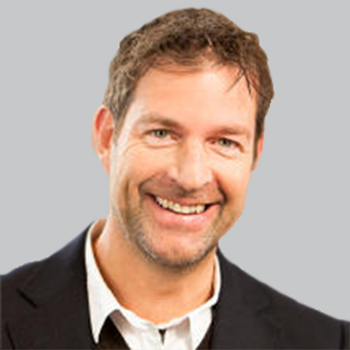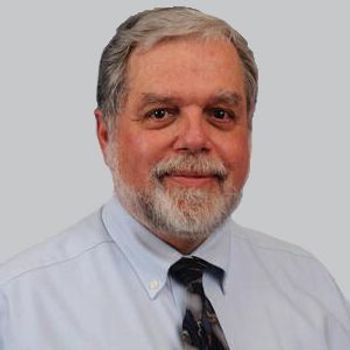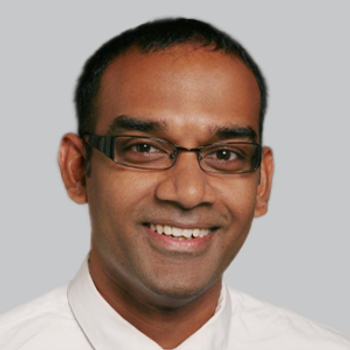
Patient Resources Including the Narcolepsy Network
Michael J. Thorpy, MD: Treating narcolepsy, as we’ve mentioned, is really done through a holistic approach, as Alon mentioned. You have to treat patients psychosocially as well as pharmacologically. But many of these patients need a lot of support, don’t they, Eveline? What can the Narcolepsy Network to do help them?
Eveline Honig, MD, MPH: Support is so important. In the doctor’s office, where they go once every 3 months or so, they get 15 to 30 minutes to discuss their condition, but they really need help in so many other areas of life. So at the Narcolepsy Network, we provide all kinds of services. We have an annual conference. This is a weekend-long conference where we have all kinds of speakers. Discussions range from the latest research, to medications, to even lawyers to help with driver’s licenses and legal issues that people run into all the time, to school issues, to special education plans, to nutrition, to lifestyle. This is a whole weekend filled with main sessions and breakout sessions. There are a lot of support sessions. We do 1-day meetings. I know all of you have been to them.
We also have support groups. People really like to meet face to face. Then they discover they’re dealing with similar challenges. For example, one thing that wasn’t mentioned yet: A lot of people with narcolepsy struggle with being disorganized. They lose everything. They can’t find their keys. They say, “Oh, you have that too? I didn’t know that was part of it. I thought it was just part of my personality.” They find out they all have that. So they like to compare, and they also talk about medications, of course.
We also have a relatively new program called the Youth Ambassador Program. This is for young people [aged 15 to 22]. We train them. They have a short presentation—a bit like what we do here, but a very short version—and they go out to their communities. They go to schools. They go to service clubs like rotaries, churches, synagogues, or sometimes just a family group. They connect with the newspapers [media]. They talk about narcolepsy. They don’t necessarily talk about their personal experiences. We prefer that it’s someone with narcolepsy. So this is a growing program, and it works really well. These are young people talking about narcolepsy and what it’s like to have the condition.
Michael J. Thorpy, MD: Yeah. I find that when I see a patient with narcolepsy, in most cases they don’t know anyone else who has narcolepsy. And of course, narcolepsy usually occurs as an isolated condition in a family. There are not other family members with it, in most cases. So the opportunity to meet with other people at your conferences is an enormous help to these patients. Just to see somebody else who’s going through the same thing is a great benefit to them. And for children, too.
Kiran Maski, MD, MPH: I’d echo all of that. In our clinic, we’re very lucky to have a cognitive behavior therapist, too. This is very helpful for management of medications. Kids don’t like to break up their day and go to a school nurse to nap, but the therapist kind of emphasizes the importance of that. And, sleep hygiene. I think this type of guidance gives kids a sense of control over their symptoms. They can control the condition, to some degree, and that’s very important. It’s also very important to be able to confidently talk about narcolepsy and their needs. And so, in addition to medication, I find this is an important tool.
Alon Y. Avidan, MD, MPH: Oftentimes, we realize we just don’t have enough time to spend with these patients. During the last few years, I really needed to set up more time. Oftentimes, I set my initial consultation with anyone suspected of having narcolepsy as my last appointment of the day. I realize this is the time when you have to review symptoms. You have to corroborate and rereview diagnostic tests. You have to look at the patient’s expectations. You have to then look at what medication would be best for them and educate them about the medication. That cannot happen in a 1-hour appointment, and certainly not in half an hour.
So the message is to really spend as much time as a patient needs. Follow-up visits, especially with family members and spouses, are really critical. We’ve also started to use video visits to just touch base with patients after giving them a certain medication. We do this to make sure the patient is responding to the drug. We prefer not to wait for the patient to contact us with certain complaints that we did not expect. So I think that’s a huge opportunity for everyone—to be ready and be attuned to those needs from this really unique patient population.
Russell Rosenberg, PhD, DABSM: Regarding the Narcolepsy Network, I’ll just mention that I was at the last meeting. For younger people, it gives them a sense of hope. There was a physician with narcolepsy who spoke. There are lawyers. There are people who are very high functioning. Patients don’t feel so helpless. If they do want to achieve something, they still have that ability to do it. They have a sort of proverbial hand-behind-the-back situation, but they can really achieve a lot. But the disease burden is just so high for many of them. They attend those meetings and get a sense of hope, which they did not have before.
Eveline Honig, MD, MPH: Definitely. I think that’s very important, and it’s important to keep the right balance. We don’t want people to think, “Oh, you have narcolepsy. If you get medications, you can become a sleep doctor like one of our board members or a high-functioning lawyer.” There is a balance. There’s still a lot of people struggling despite the medications, and not everybody can become a sleep doctor or a lawyer. But still, it’s very important to give people hope.
Newsletter
Keep your finger on the pulse of neurology—subscribe to NeurologyLive for expert interviews, new data, and breakthrough treatment updates.




































